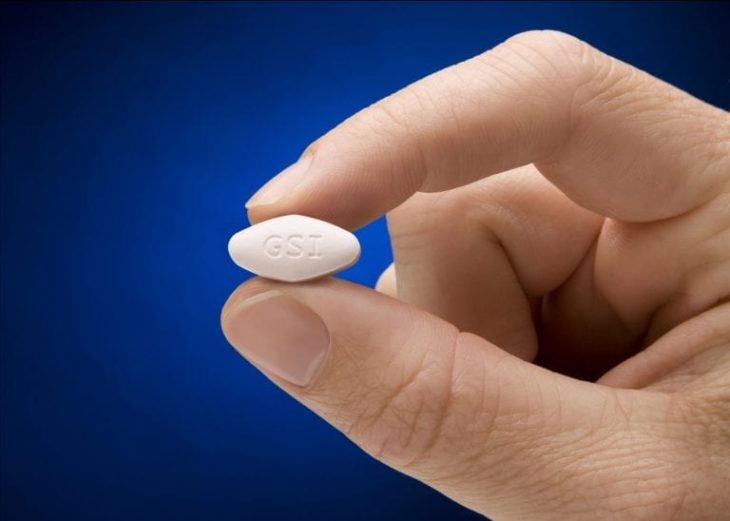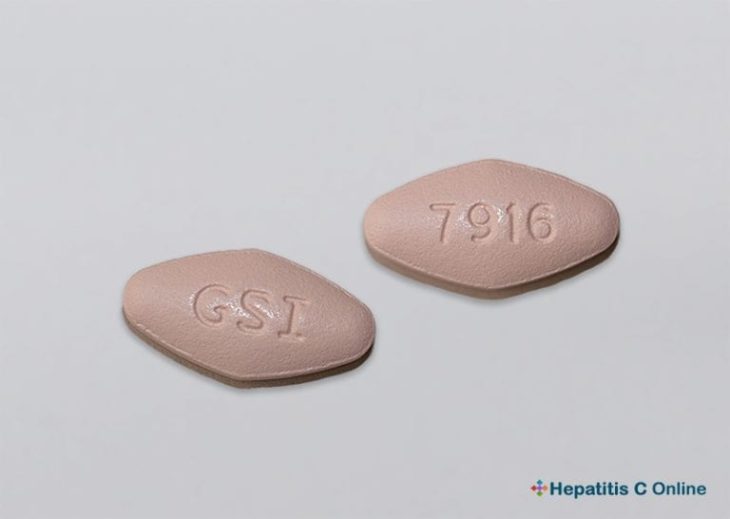– Epclusa is a prescription medication that is commonly used to treat hepatitis C virus (HCV) in adults. Its main ingredients are 100 milligrams of velpatasvir and 400 milligrams of sofosbuvir. It comes as a tablet that is taken orally once a day for 12 weeks.
– Epclusa was approved in 2016 and was the first medicine to treat all six hepatitis C genotypes. It can be used for people suffering from cirrhosis, which is the scarring of the liver. It is mainly used to treat people who have never been treated for HCV before and also in treating patients who have tried other HCV medication which did not work for them.
– In clinical trials, between 89 and 99 percent of people who received Epclusa achieved sustained virologic response (SVR), which means that Epclusa is an effective medication for hepatitis C virus. When SVR is achieved, it means that the virus is no longer detectable in one’s body.

Source: CBS News
The side effects of Epclusa
– Like any medication, Epclusa can cause minor or severe side effects. The following list includes the common and minor side effects that might occur while taking Epclusa, but it does not mean that you will necessarily be affected by them.
– The common and mild side effects include:
– Most of these side effects will go away in a few days or a couple of weeks. However, if they do not, talk to your doctor or pharmacist.
– Serious side effects from Epclusa are not common, but they might occur while on this medication. If you notice that you might have occurred some of these symptoms, make sure that you contact your doctor or call an ambulance if the side effects feel life-threatening for you.

Source: Hepatitis C Online – University of Washington
– The serious side effects include:
- Hepatitis B reactivation in coinfected patients – people who have both hepatitis B and C can have a reactivation of the hepatitis B virus when they start taking Epclusa. This can happen even if the type B virus was treated in the past. The reactivation of the virus might lead to liver failure and possible death. Before starting the treatment, your doctor will check you for hepatitis B. If positive, you will need to take other medications to treat hepatitis B along with Epclusa.
- Serious allergic reactions – some people can have an allergic reaction after taking Epclusa. This is quite uncommon and usually not severe. However, some symptoms might be mild or serious and can include a skin rash and itchiness, flushing, angioedema (swelling under the skin), swelling of the throat, mouth, and tongue, and trouble breathing.
- Depression – in clinical trials, the depression that occurred while taking Epclusa was mild to moderate and did not lead to any serious events. The symptoms might include feeling sad or hopeless, trouble concentrating, and the loss of interest in activities.
The dosage of Epclusa
– Epclusa is available in one strength, and it comes as a combination tablet that contains 100 milligrams of velpatasvir and 400 milligrams of sofosbuvir.
– All people that take this medication to treat hepatitis C (HCV) take the same dosage. The medicine is taken once a day orally and can be taken with or without food. You will need to take Epclusa once a day for a period of 12 weeks. If you miss your dosage, take it as soon as you remember. However, if it is time for your next dosage, only take one dose of Epclusa. Taking two doses at once can increase the risk of developing side effects.
– Taking the prescribed dose exactly when your doctor says is important. It increases your chance of curing hepatitis C, and it helps reduce the risk of some side effects that might occur.
Source: Hepatitis News TodayConclusion
– Epclusa can interact with other medication, however, make sure that you tell your doctor about all prescription medicine that you might be taking. Sharing information can help avoid potential interactions and negative effects that the combination of medication might cause. Also, how long the medicine stays good for depends on various factors, including where and how it is kept. Epclusa should be kept in its original container at temperatures up to 30°C to avoid the medicine going bad.
